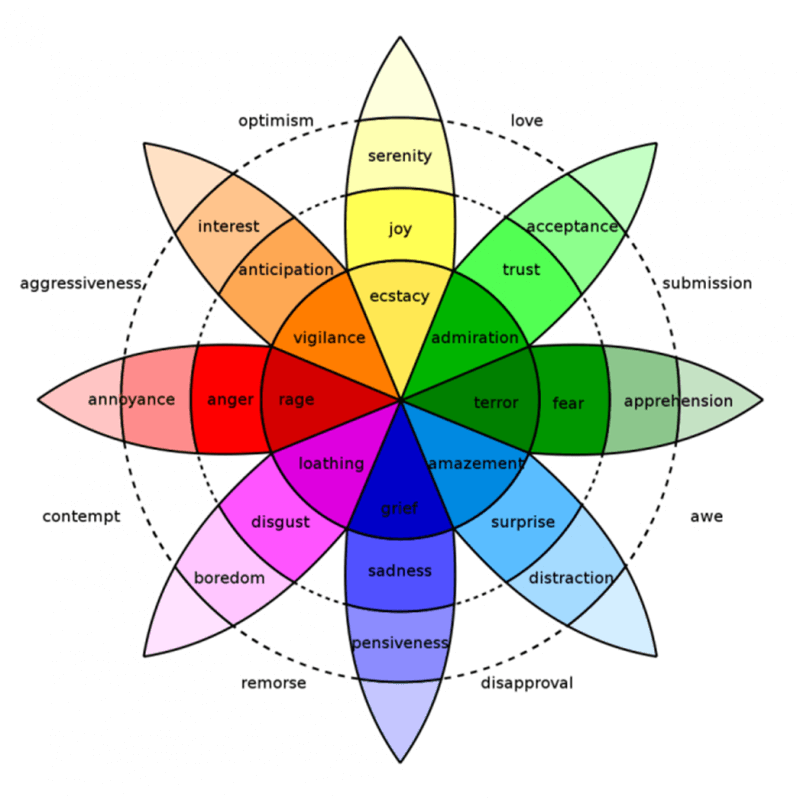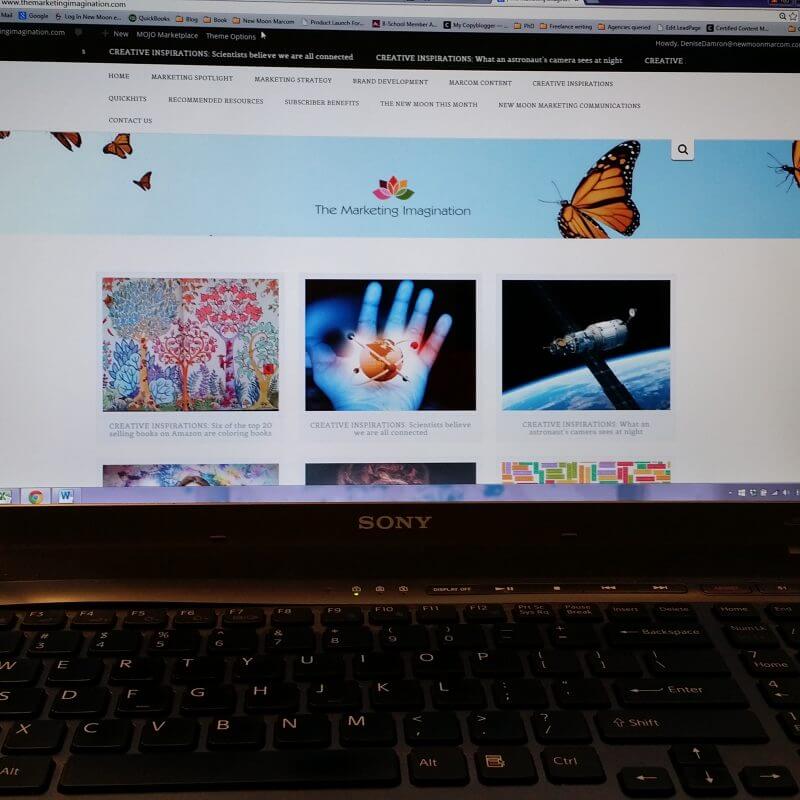Move over big data. Storytelling has usurped your place as the latest “it” thing in marketing. And with good reason. Brain scans are revealing what happens in our heads when we read a narrative description. Stories that use evocative metaphors or emotional exchanges between characters stimulate the brain and change how we act.
According to Psychology Today, the role of emotion in consumer behavior cannot be understated:
- fMRI neuro-imagery shows that when evaluating brands, consumers primarily use emotions (personal feeling and experiences) rather than information (features and facts.)
- Advertising research indicates that emotional response to an ad has greater influence on a consumer’s intent to buy a product than does the ad’s content.
- Research conducted by the Advertising Research Foundation found that the emotion of “likeability” is the measure most predictive of whether an ad will increase a brand’s sales.
- Studies show that positive emotions toward a brand have greater influence on consumer loyalty than trust or other judgments based on the brand’s attributes.
Researchers at Stanford’s Graduate School of Business found that our brains are not hard-wired to understand logic or retain facts for very long. “Our brains are wired to understand and retain stories,” says Stanford’s Jennifer Aaker. “A story is a journey that moves the listener, and when the listener goes on that journey they feel different and the result is persuasion and sometimes action.”
That’s big news for marketers. Isn’t action what we’re all after? So as you think about telling your own company’s story, here are a few tips on how to incorporate storytelling into your messages:
- Create a customer avatar that describes who they are. Go beyond demographics like age and gender to think about things like their worldview, values, beliefs, lifestyle, hobbies, and interests. Know and understand what’s really important to them and reflect that in your marketing content.
- Identify the emotional drivers of your customers. Talk to them to gain understanding of what their experience with your product or service is like. Get them to tell you what works and what doesn’t work.
- Be authentic. Feature stories from employees, customers and others in your industry. Give details like names, settings and positive outcomes.
- Use the strengths of your channels. Whether it’s Facebook, Twitter, a blog, direct mail or a billboard, use the medium to tell your story that can be featured across all channels.
- Support your story with facts. You don’t need to completely eliminate the facts and figures, but instead of making them the main feature, use them with story to move your audience both emotionally and intellectually.
- Encourage users to generate content. Allow consumers to share their perspective and support your story by having them write and talk about their experiences.
 Can you think of any other ways to incorporate storytelling into your marketing? Share them with others here in the comments section.
Can you think of any other ways to incorporate storytelling into your marketing? Share them with others here in the comments section.




